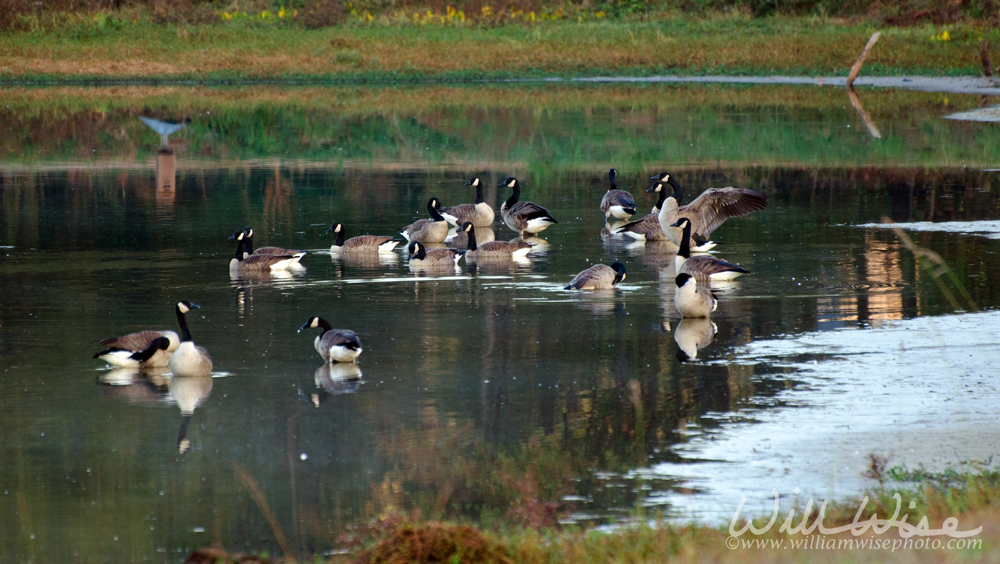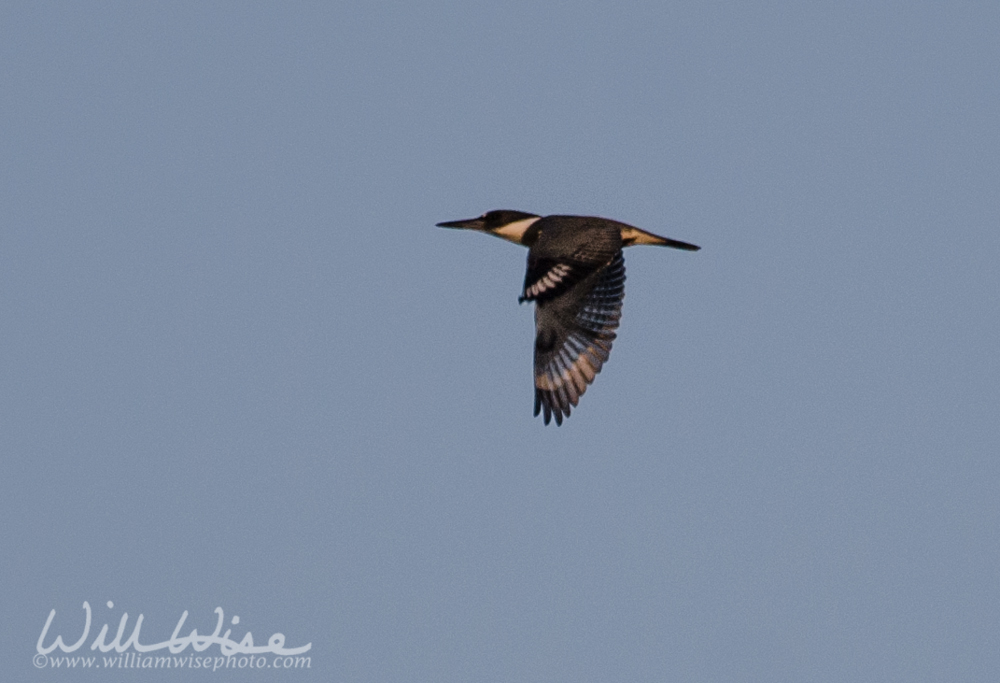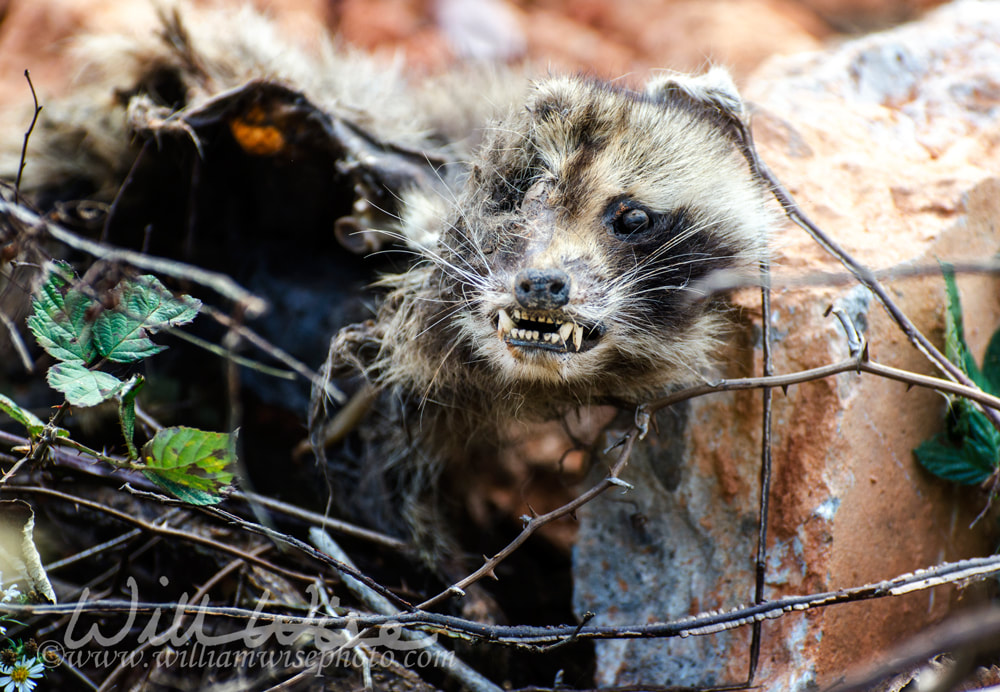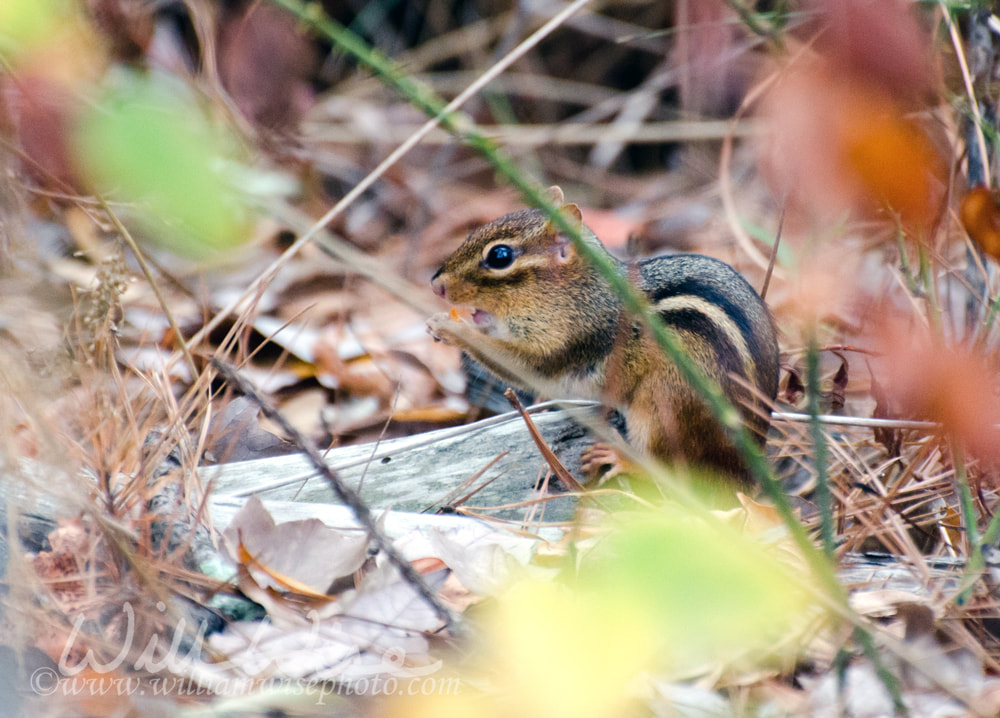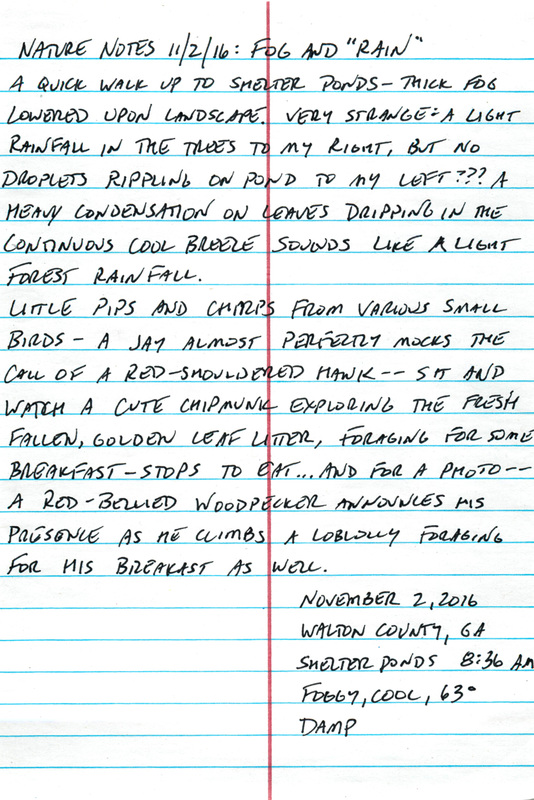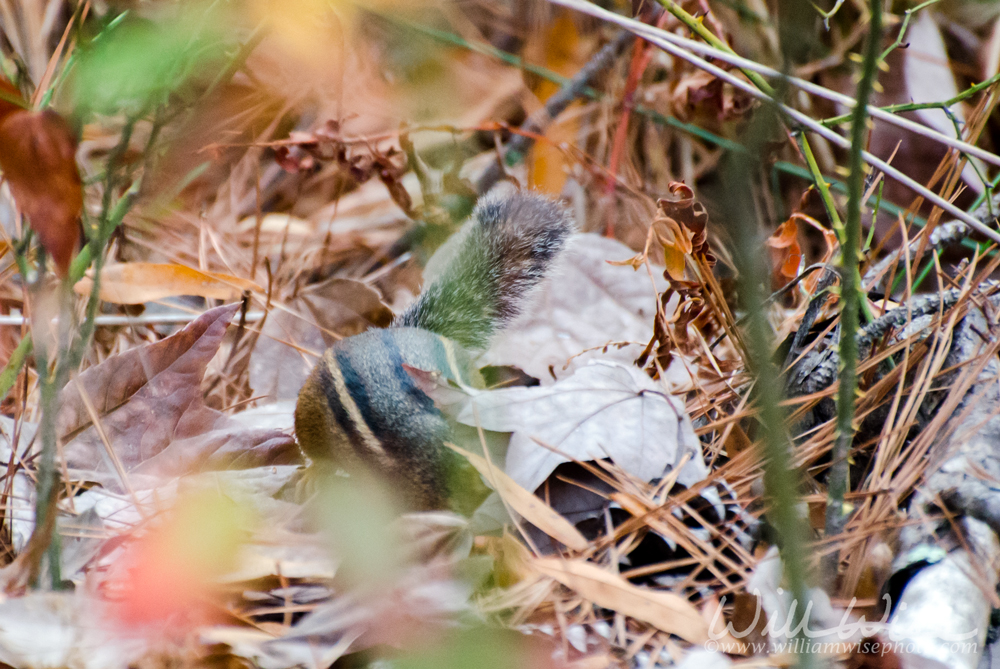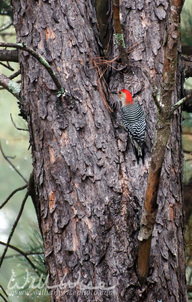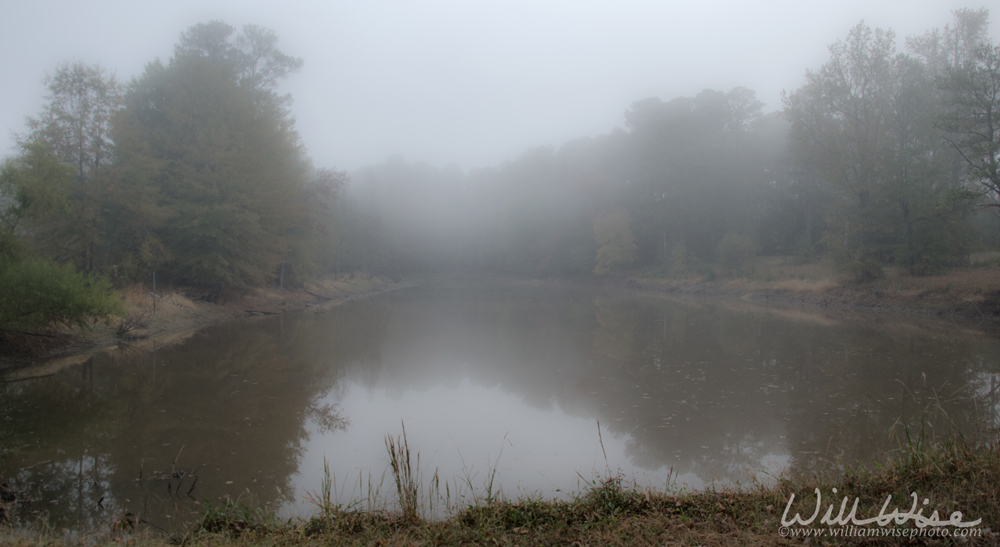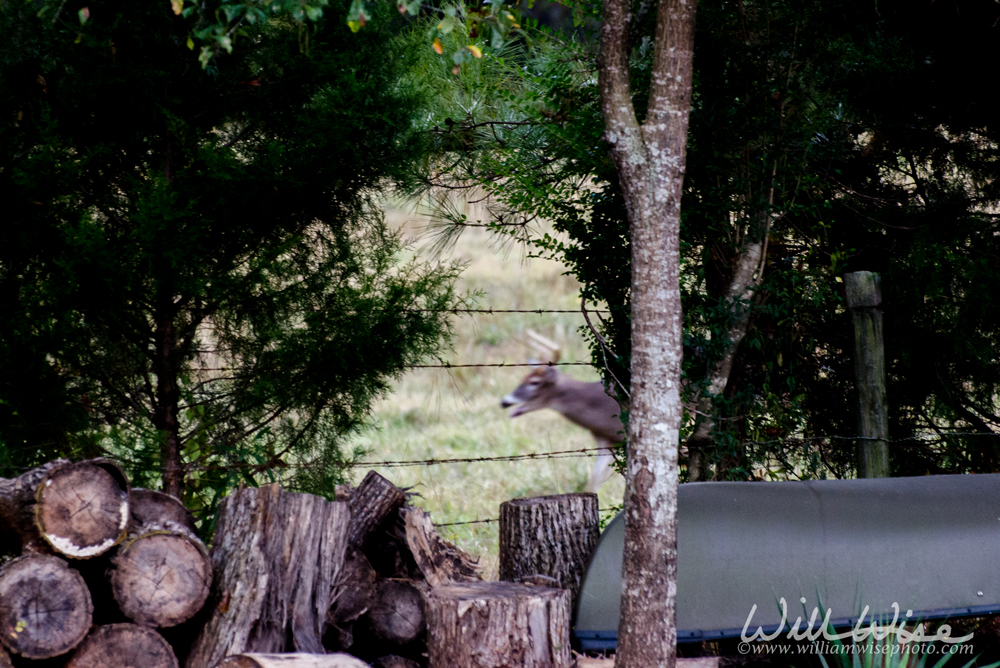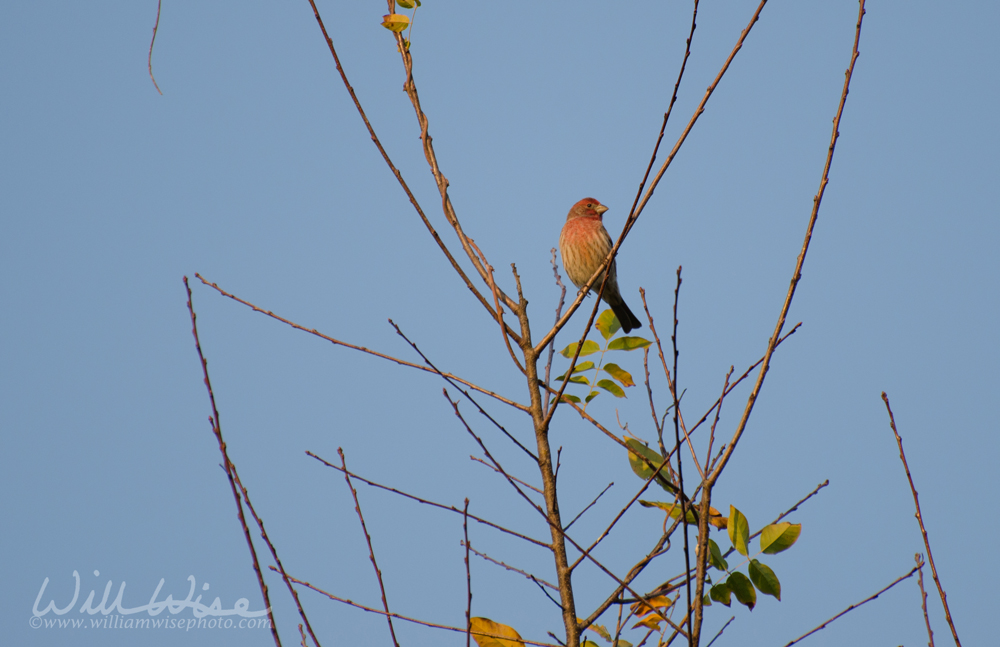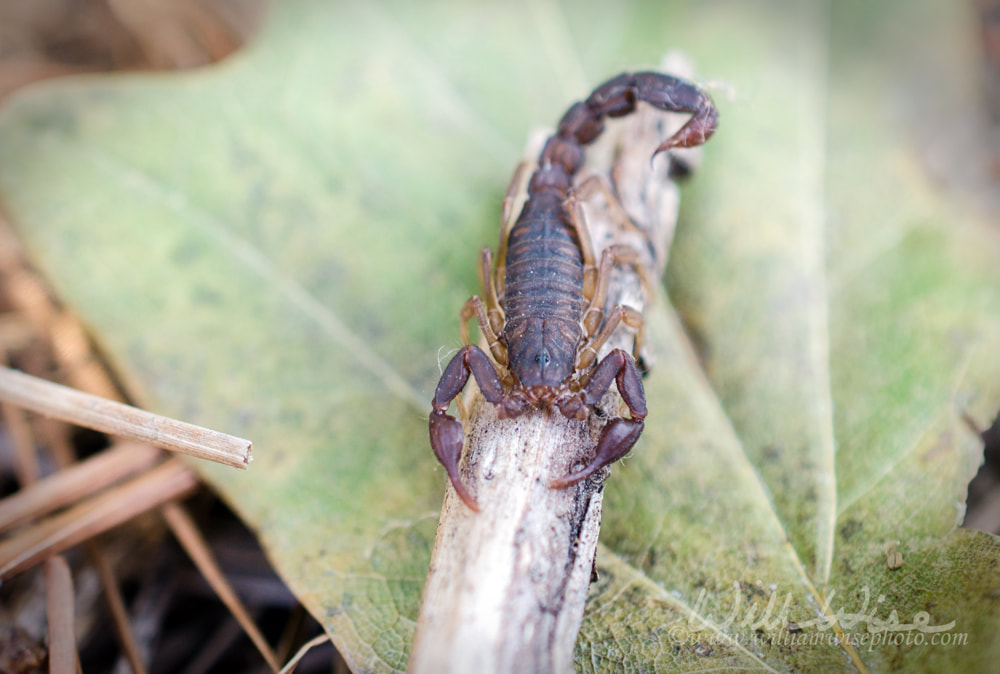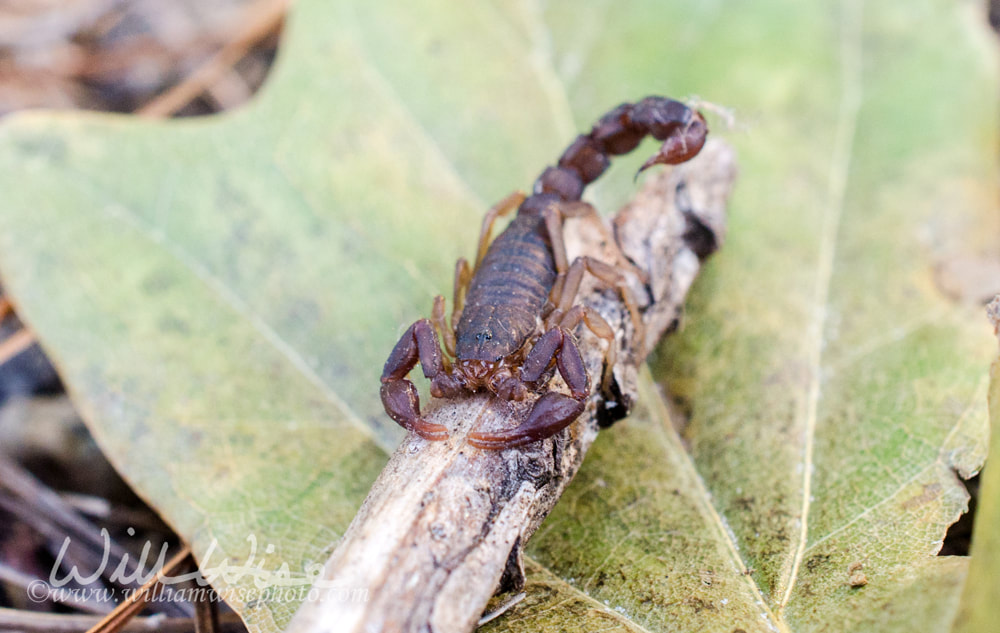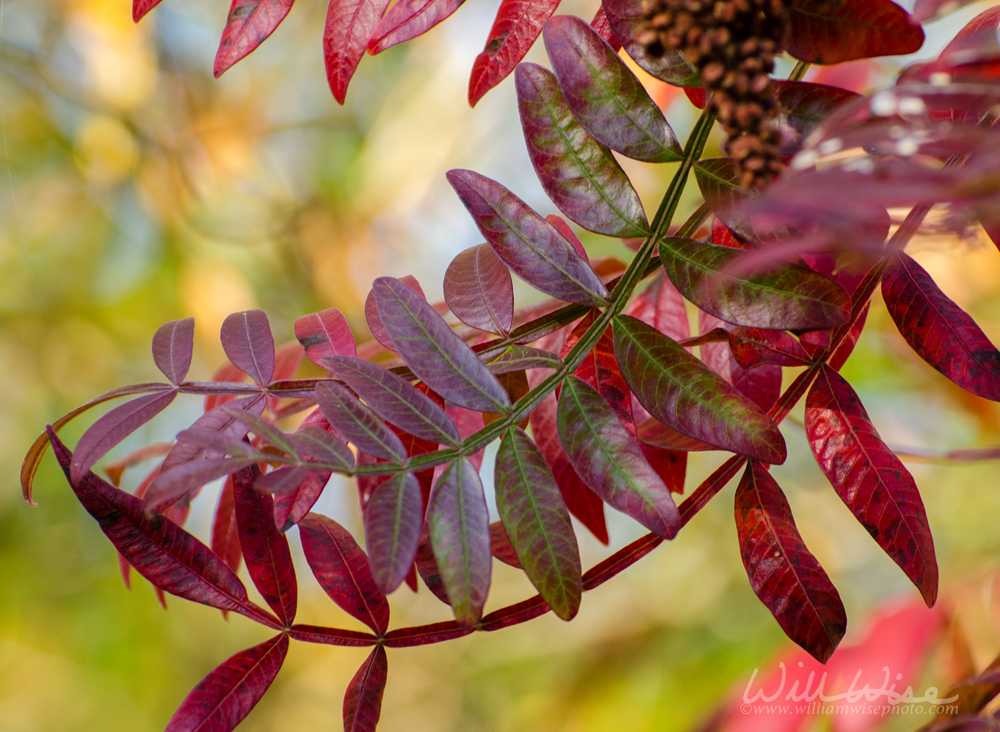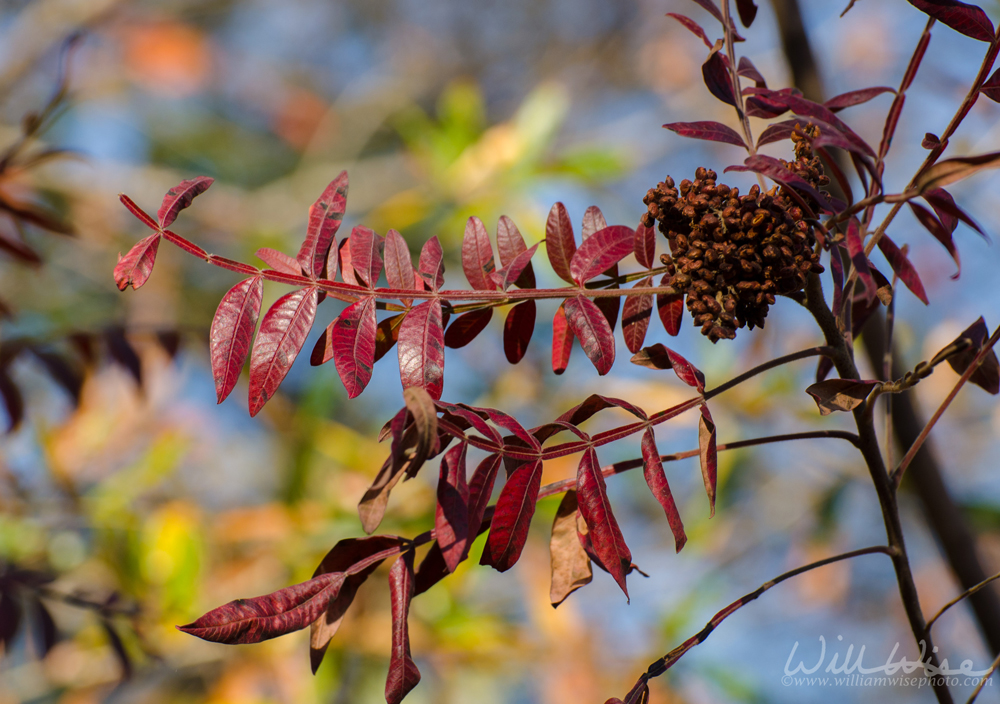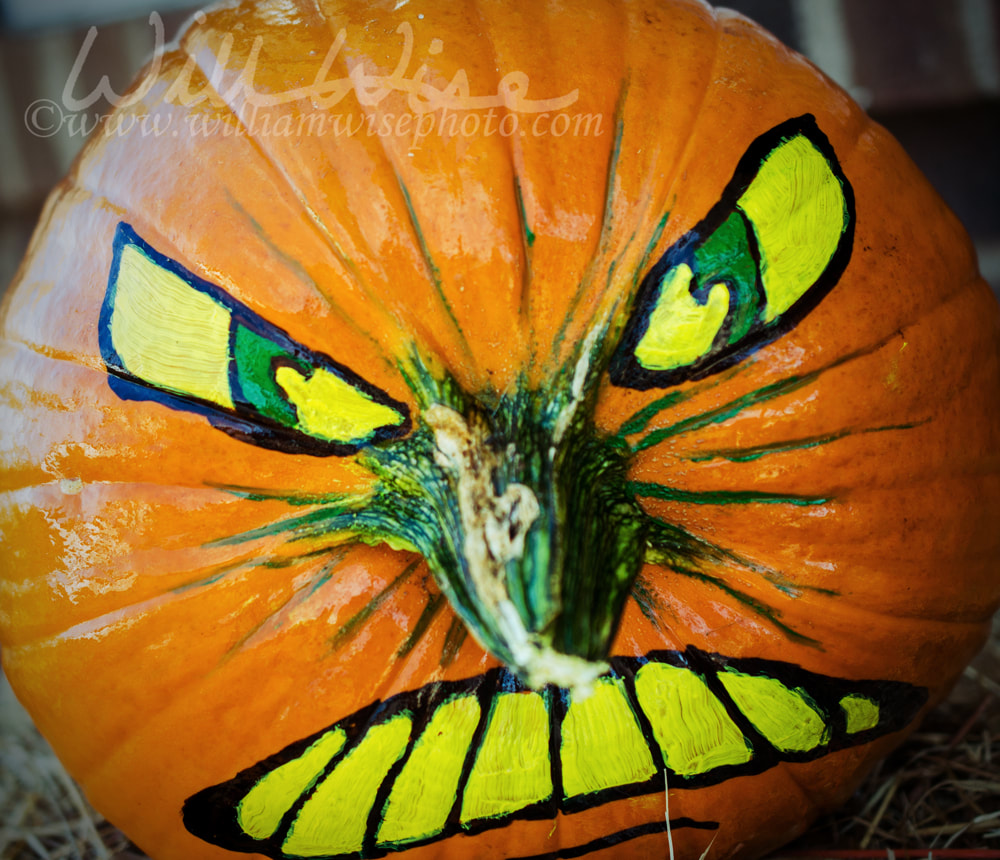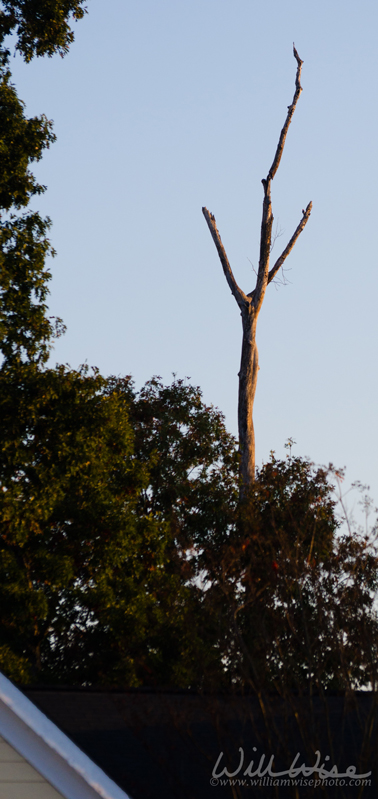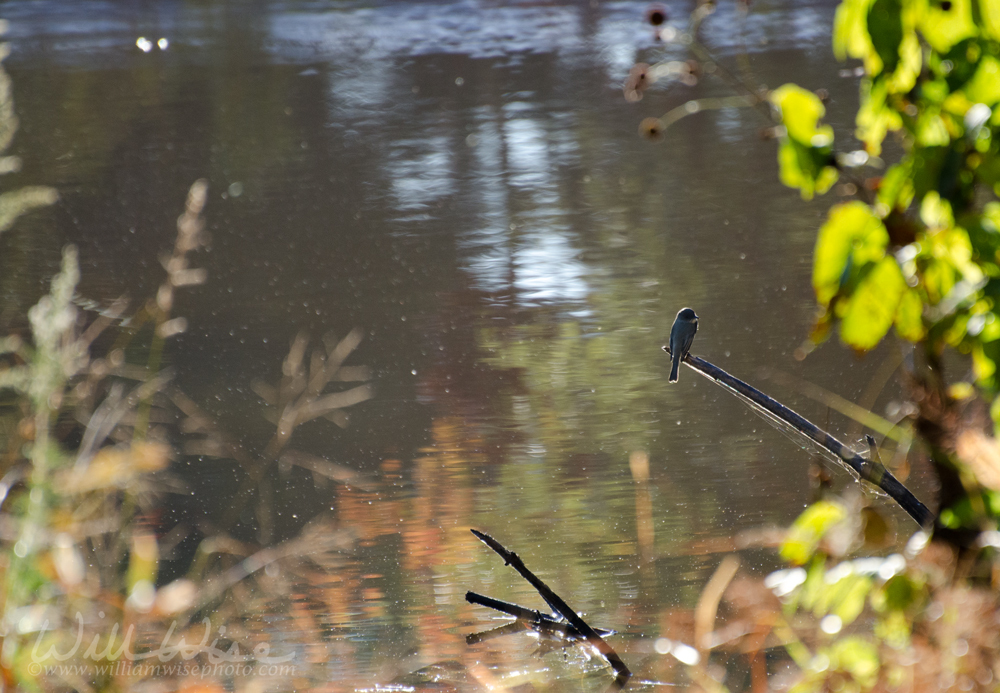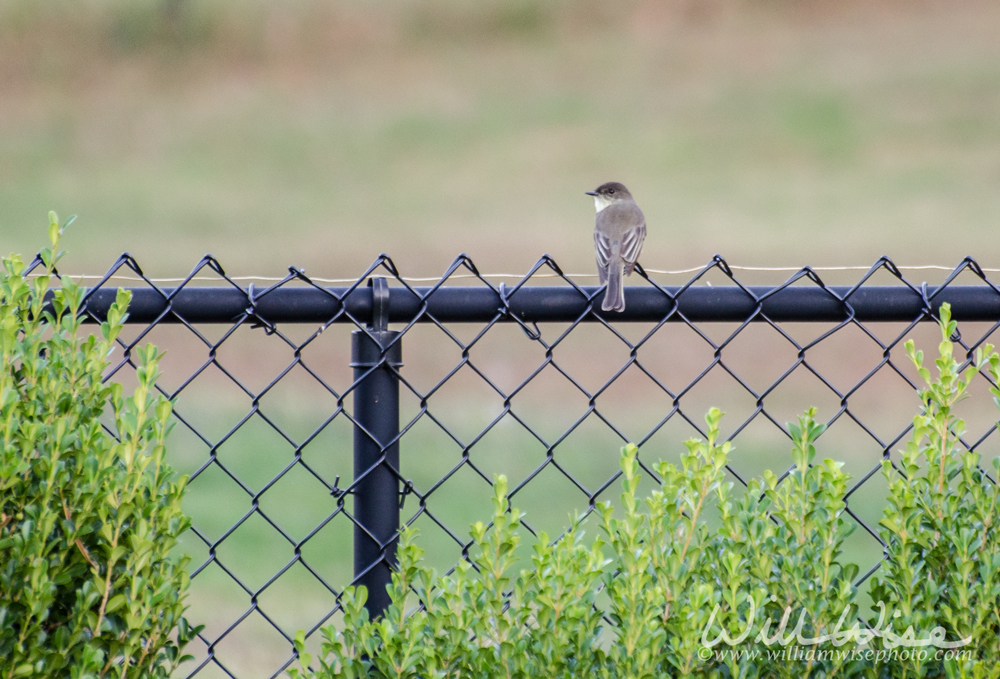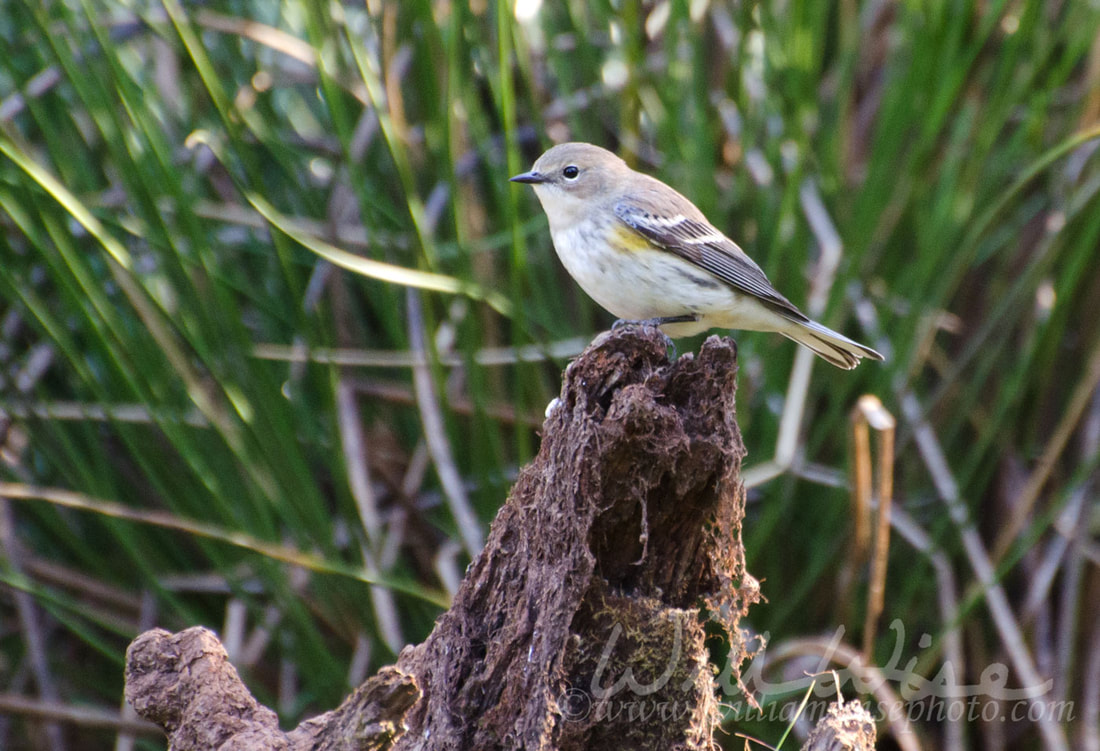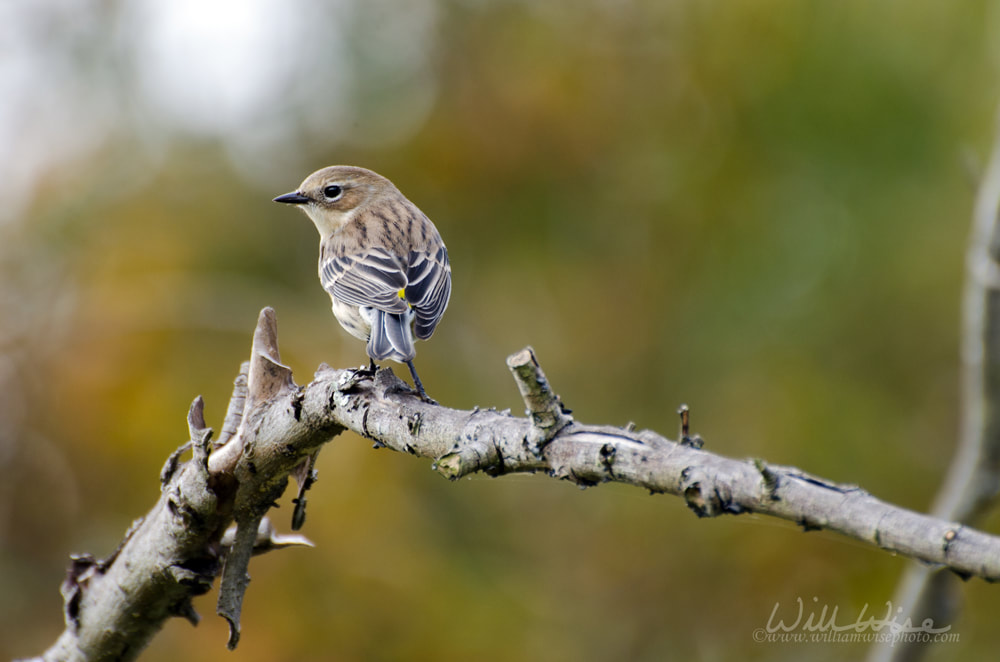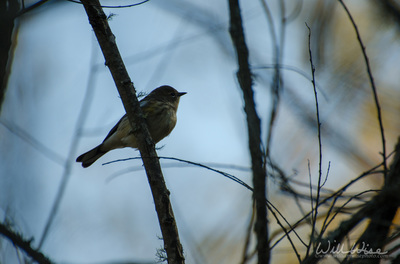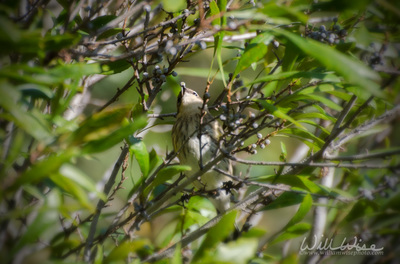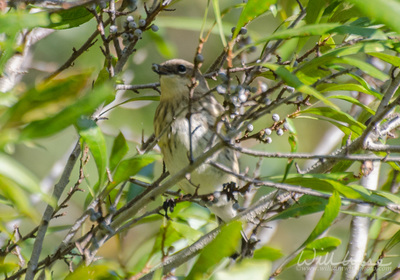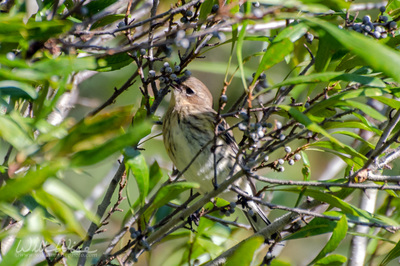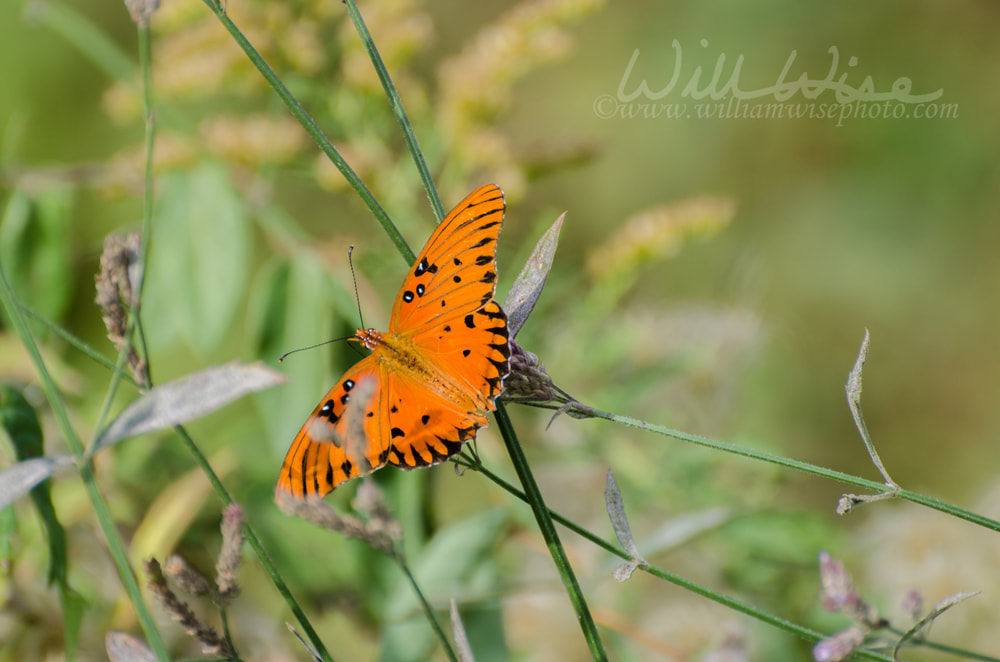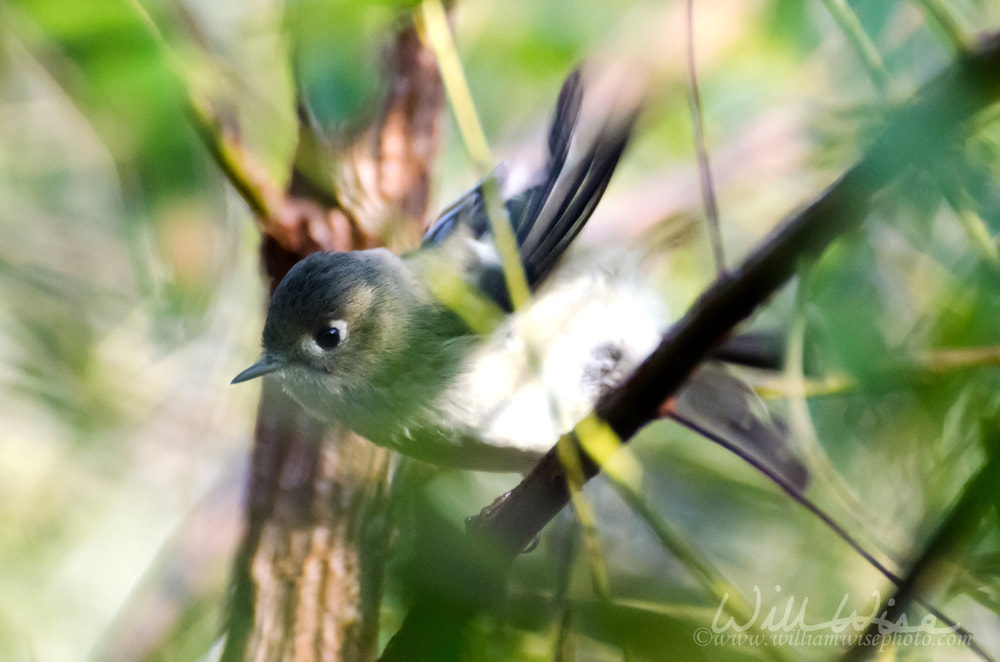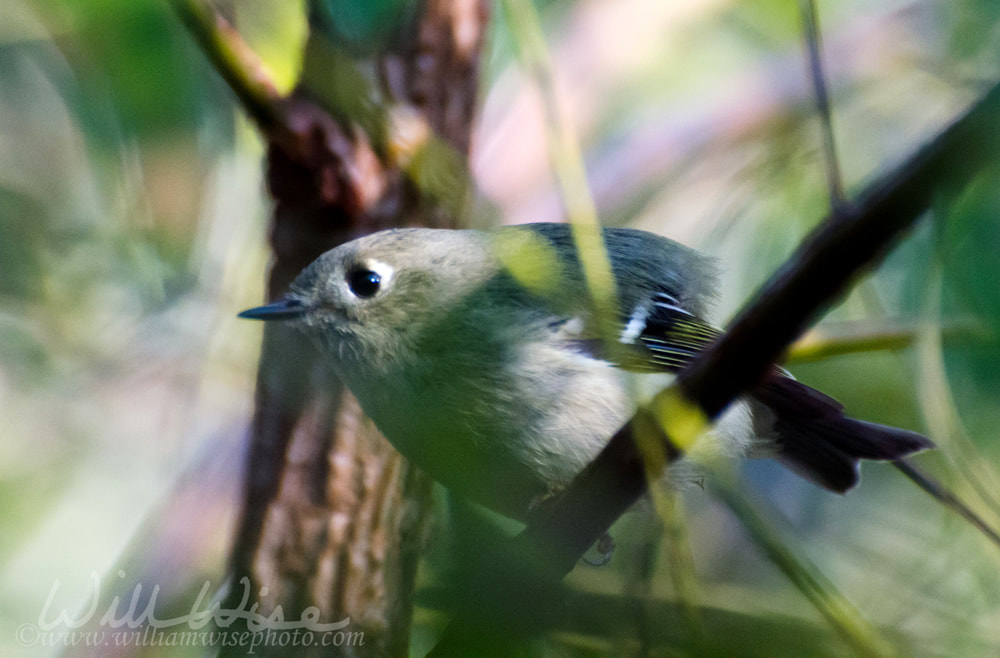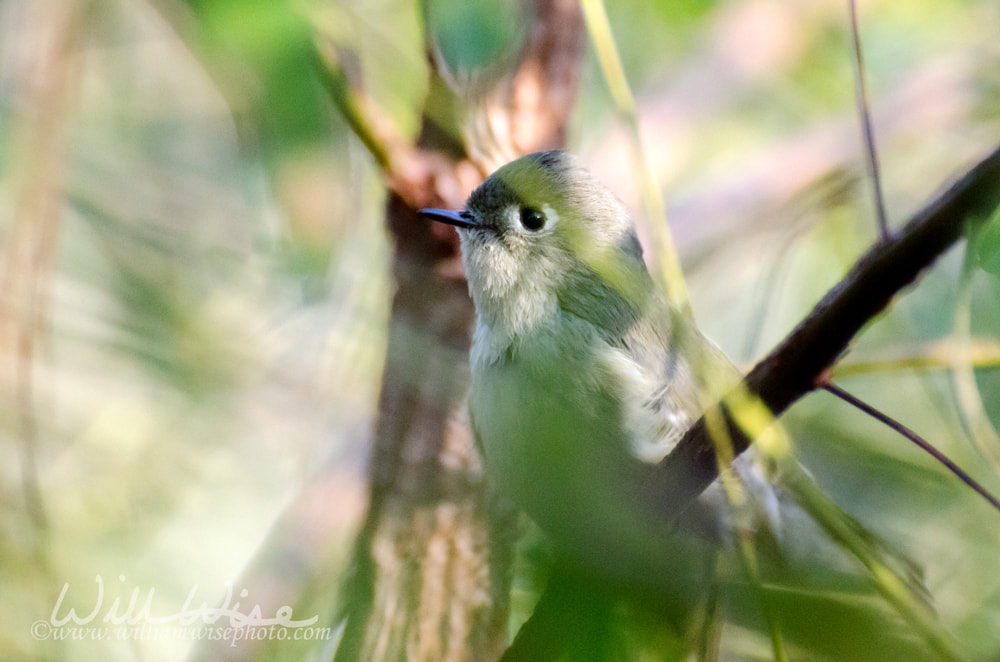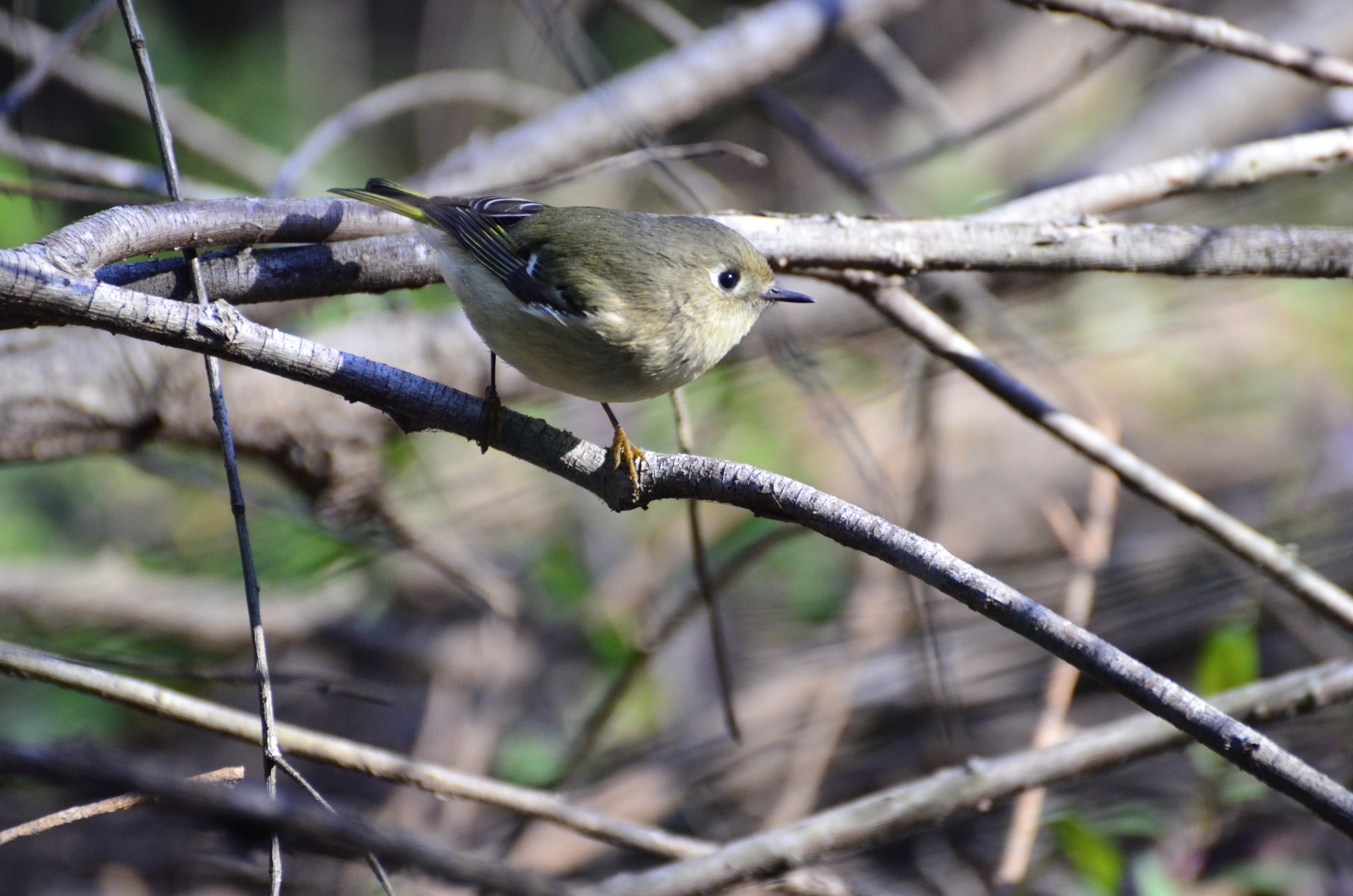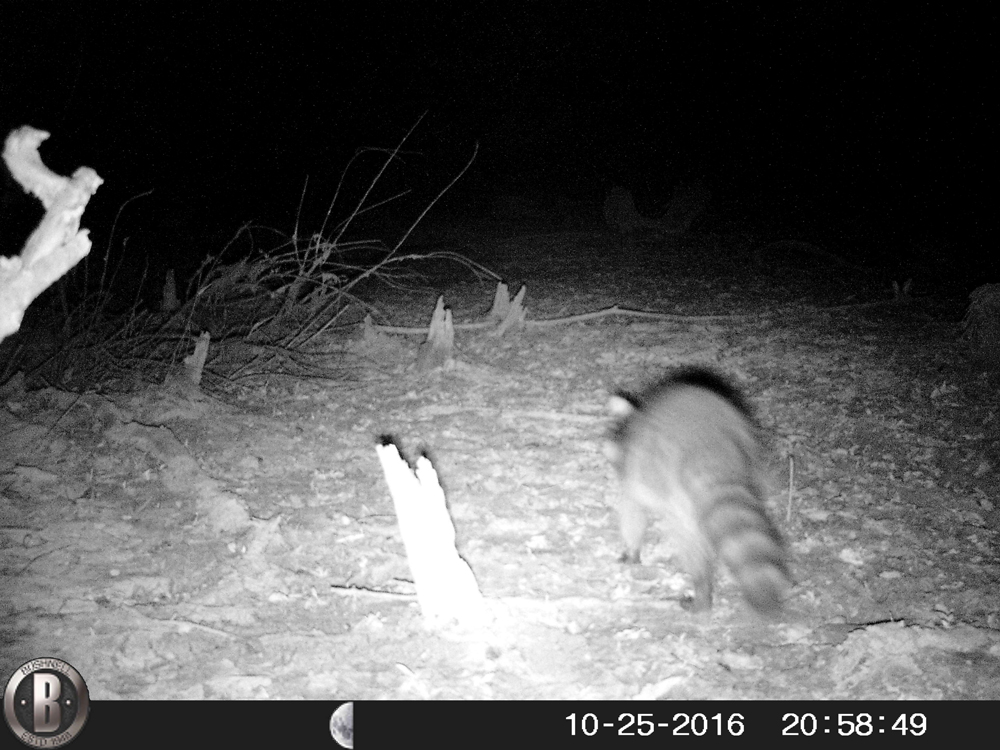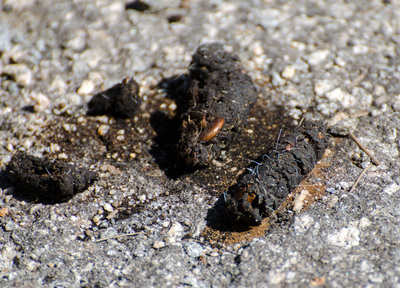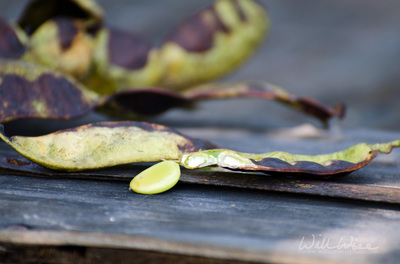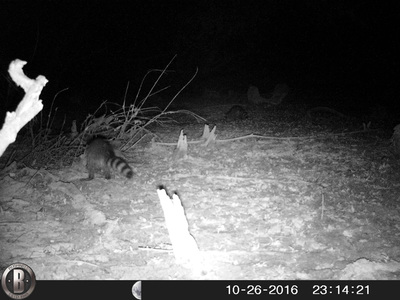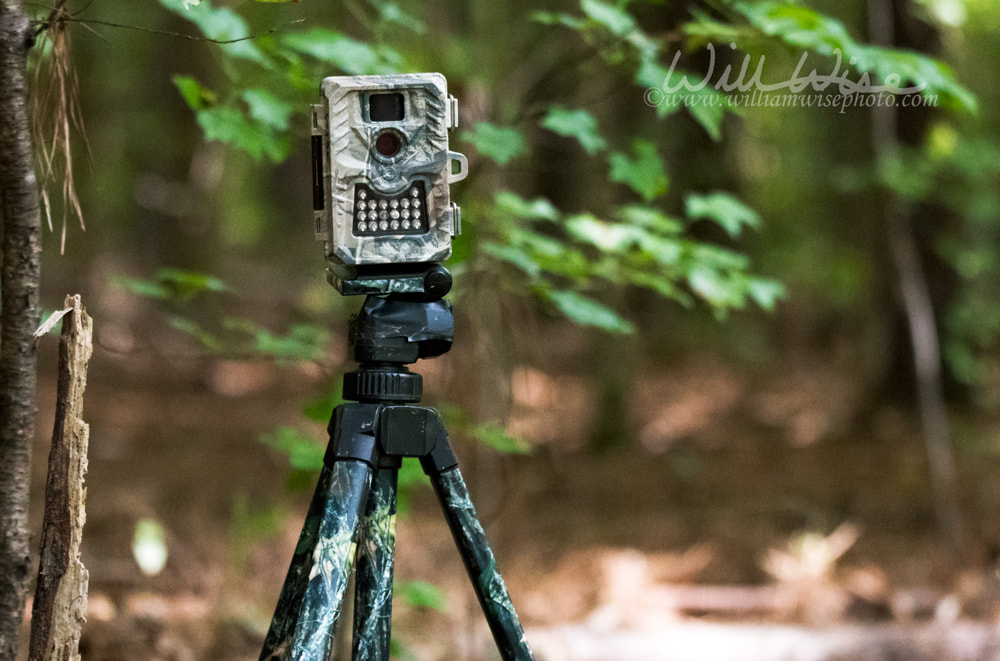 William Wise Photo Nature Notes is a wildlife, landscape, birding and nature photography blog documenting the beauty, design and wonder of God’s creation. "Thou art worthy, O Lord, to receive glory and honour and power: for thou hast created all things, and for thy pleasure they are and were created." Revelation 4:11 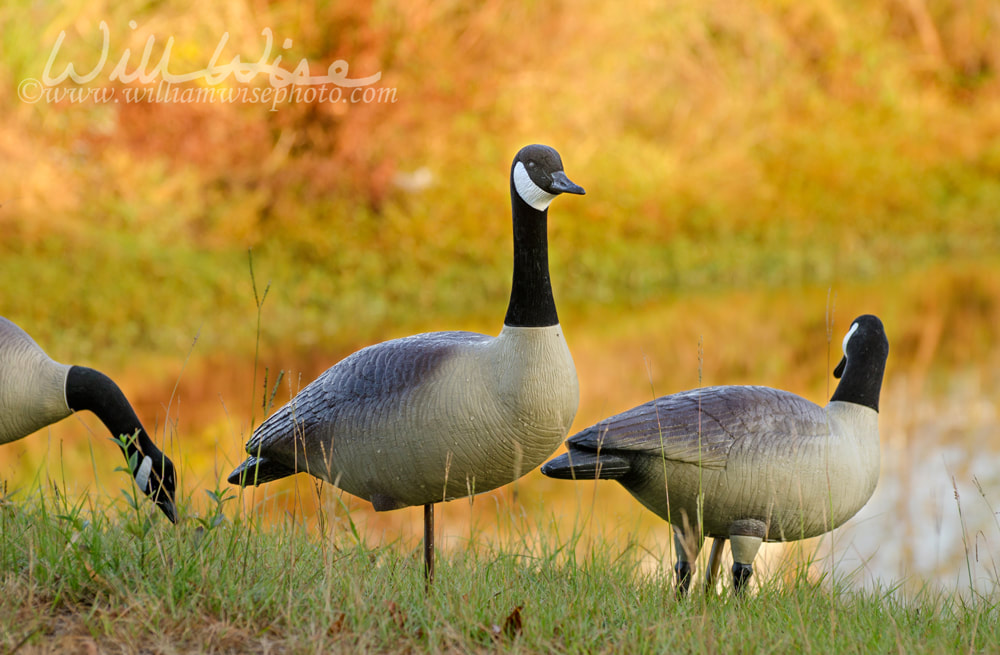 Canada Geese decoys. Support my work by downloading this photo at www.dreamstime.com. 100% of funds go back into shelter adoption photography and education programs. Thursday, 8:13 AM - Just for fun, my coworker had set out his goose decoys that he had been busily touching up with fresh paint the last few days in anticipation of goose season. The next morning, I heard quite a bit of “honking” as I walked from my office to the kennels. Seventeen Canada Geese had alighted onto the shelter pond and were dabbling with the ducks on the far end.
According to an online dictionary, a gaggle is a term for a flock of geese that is not in flight; in flight, the group can be called a skein. A gaggle is greater than or equal to five geese. I slowly walked around for a photo and a bit of observation. While kneeling and enjoying a study of their feeding behavior and interactions, a Kingfisher rattled off overhead, circling the pond. Walton County, Georgia
0 Comments
 William Wise Photo Nature Notes is a wildlife, landscape, birding and nature photography blog documenting the beauty, design and wonder of God’s creation. -- "What a wildly wonderful world, God! You made it all, with Wisdom at Your side, made earth overflow with your wonderful creations." Psalms 104 The Message Wednesday, 12:26 PM - Exploring the woods near the shelter today, I came across this macabre spectacle: a Chupacabra snarling at me from a pile of stone debris and briers. I snapped this photo just before fleeing for my life! El chupacabra (translation: "goat sucker") is a creature unknown to science but responsible for killing animals in Puerto Rico, Miami, Nicaragua, Chile, and Mexico (… and now Georgia!). The creature's name originated with the discovery of some dead goats in Puerto Rico with puncture wounds in their necks and their blood allegedly drained. According to UFO Magazine (a very credible source) there have been more than 2,000 reported cases of animal mutilations in Puerto Rico attributed to the chupacabra. (Spoiler alert!: this is actually a mummified roadkill raccoon that was most likely scraped up by a Walton County Public Works crew and tossed out on a pile of debris behind their complex.) Walton County, Georgia  William Wise Photo Nature Notes is a wildlife, landscape, birding and nature photography blog documenting the beauty, design and wonder of God’s creation. -- "God gave Solomon very great wisdom and understanding, and knowledge as vast as the sands of the seashore. He could speak with authority about all kinds of plants, from the great cedar of Lebanon to the tiny hyssop that grows from cracks in a wall. He could also speak about animals, birds, small creatures, and fish." I Kings 4  William Wise Photo Nature Notes is a wildlife, landscape, birding and nature photography blog documenting the beauty, design and wonder of God’s creation. -- "What a wildly wonderful world, God! You made it all, with Wisdom at Your side, made earth overflow with your wonderful creations." Psalms 104 The Message Tuesday, 6:21 PM - With the girls’ cross country season over and our church haunted house outreach completed, I finally felt like I had an evening to relax. Sitting on the back patio under a slowly fading, calm and cloudless azure dusk, and comfortably enjoying a short-sleeve seventy-three degrees, my eye was drawn to a break in the wood line at the back of my property to see a doe running in the meadow. Heading to the left (westbound), another deer, this one a decent young buck, was close in tow. About 45 seconds later, almost comically, the doe runs back by heading the opposite direction… and he is chasing right behind her again! I run inside and grab my camera. Sure enough, within just a few moments, she runs by again, this time right to left, and he follows behind panting. You could almost hear her shout, "Leave me alone!" I managed to raise my camera and fire a burst of shots as he passed the clearing. Not the greatest photo, but a rack of antlers a bit larger than those I typically see in our neighborhood is discernible. With it being so warm lately (continued record high temperatures for this time of year), and being a tad early in the breeding season, I was surprised to see this young buck rutting already. According to the Georgia Department of Natural Resources, “the timing of the rut, or breeding season, for white-tailed deer varies locally, especially in southern climates like Georgia’s. During the rut, the desire to breed causes deer to become more active compared to the rest of the year. Bucks move more and become less secretive.” The Georgia rut map indicates the peak deer movement time in Clarke County is November 10 to 16. This guy is getting a head start! Athens, Georgia Sunrise 7:53 AM, Sunset 6:40 PM High 79°. Waxing crescent moon, 4% illumination. Tuesday, 8:34 AM – it is a bit too cool for my short sleeves. The sun is just barely above the horizon; tree tops glowing a faint orange, but all else below is still in the blue-hued shadow of dawn. Jays are squaking all over; House finches catch the rising warmth from the tree tops; a Red-bellied Woodpecker sounds off and is soon mocked by a Mockingbird; a Song Sparrow lets out a morning chorus; lots of other dainty pips and cheeps throughout the trees. No critters are at the upper pond. Walton County, Georgia  William Wise Photo Nature Notes is a wildlife, landscape, birding and nature photography blog documenting the beauty, design and wonder of God’s creation. -- "What a wildly wonderful world, God! You made it all, with Wisdom at Your side, made earth overflow with your wonderful creations." Psalms 104 The Message Halloween night; Monday, 9:15 PM - After the trick-or-treaters had come and gone, I sat on the rocker in my living room to close out the day’s nature journal entries. Happening to look down, along the baseboard sat a small scorpion. He was a minuscule thing. With his tail curled, he was no longer than the width of my thumbnail. Assuming he was dead (we have regular pest control visits), I scooped him up in a piece of paper and placed him in a baggie on my desk. The next morning while studying the Greek New Testament, the little critter moved! He traveled with me to work for an outdoor photo shoot before release. Not knowing much about them, I did a bit of research. In Georgia, there are two species, both found in different regions of the state: the striped scorpion (Centruroides hentzi) of sandy soil habitats and the devil scorpion (Vaejovis carolinianus) found in Central and Northern Georgia (and in my living room!). While they appear quite creepy, they are practically harmless. The sting immediately burns but the pain, unless an allergic reaction occurs, is completely gone within a half an hour. Their natural prey consists of spiders and large insects. Athens, Georgia  William Wise Photo Nature Notes is a wildlife, landscape, birding and nature photography blog documenting the beauty, design and wonder of God’s creation. -- Isaiah 1:18 Come now, and let us reason together, saith the Lord: though your sins be as scarlet, they shall be as white as snow; though they be red like crimson, they shall be as wool. Monday, 10:33 AM – unbelievably warm and sunny for an early morning at the end of October. No jacket needed; the sun feels warm on my cap-less head. Feels like spring, but looks like fall. Each gentle breeze sends down more crisp brown, yellow and red leaves. Watched an acrobatic Downy Woodpecker (Picoides pubescens). Lots of Wren ‘tea-kettle, tea-kettle, tea-kettle’ calls fill the air. The Winged Sumacs are a deep crimson. Walton County, Georgia  William Wise Photo Nature Notes is a wildlife, landscape, birding and nature photography blog documenting the beauty, design and wonder of God’s creation. -- "God gave Solomon very great wisdom and understanding, and knowledge as vast as the sands of the seashore. He could speak with authority about all kinds of plants, from the great cedar of Lebanon to the tiny hyssop that grows from cracks in a wall. He could also speak about animals, birds, small creatures, and fish." I Kings 4
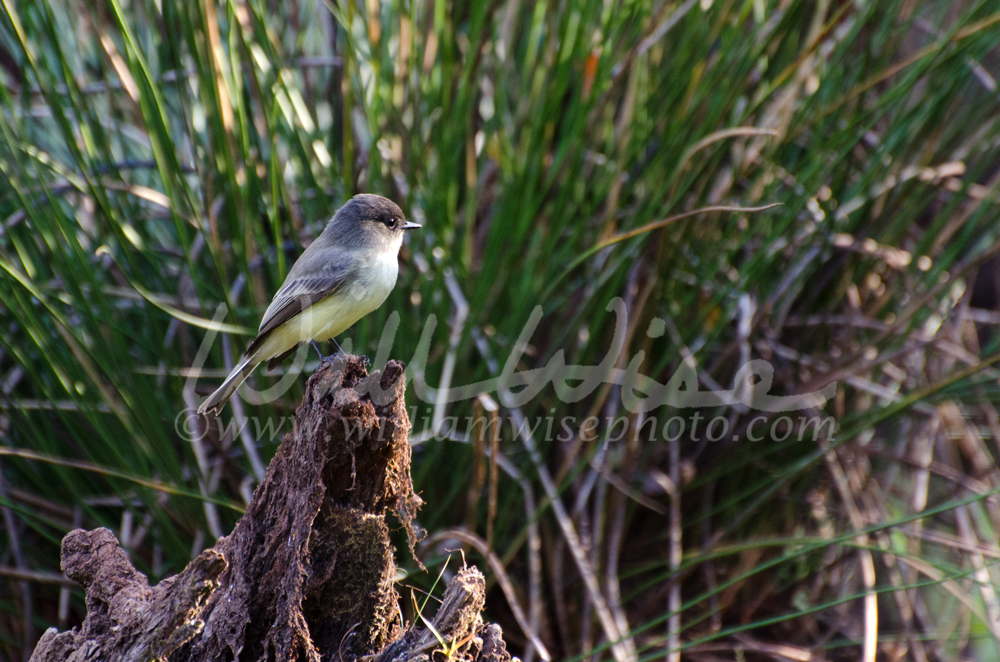 Eastern Phoebe posed over Duckweed Bog. October 25, 2016; 9:53 AM. Support my work by downloading this photo at www.dreamstime.com. 100% of funds go back into shelter adoption photography and education programs.
Thursday, 9:52 AM - Two days ago I was up at the Duckweed Bog again. A couple of flittering, tiny birds bathed themselves in the dew on the green bog grasses; dipping their beaks in the droplets and tossing their heads back with a vibrating ripple that ran down through every feather on their backs and out through the end of their tails. After bathing, one of them took a pose on a picture perfect stump not far from me. Grayish upper-parts and head, white ringed eye, white wing bars, faint barring on the breast and a bright yellow patch right in his armpit. I was again stumped since it didn’t seem to match anything in the Warbler Quick Guide. (I have since learned the warblers don’t bear as distinct colors and markings in the fall as they do in the spring.) Back in my office, Katy with Oconee Rivers Audubon Society replies to my email, “Yellow-rumped warbler (affectionately known as butter butts and formerly known as Myrtle warbler). These guys stick with us through winter and signal an end to fall migration.” Getting into this warbler thing, I took advantage of a slow point at work yesterday and walked through the now draining swamp near the back of the jail. I noticed quite a bit of bird activity in a line of trees and shrubs. Zooming in my lens, it was those Yellow-rumped Warblers again! I could see the yellow patches on their sides as they flitted up and down in the branches. Walking closer, I recognized their purpose in gathering in this location: Bayberry fruits! Allaboutbirds.org says, “The Yellow-rumped Warbler is the only warbler able to digest the waxes found in bayberries and wax myrtles. Its ability to use these fruits allows it to winter farther north than other warblers, sometimes as far north as Newfoundland.” I'm learning more about these "little yellow birds"!
Desiring a better-butter-butt photo, I stood beside the thicketed drainage ditch in front of the shelter this morning and spied a flurry of activity; dozens darting in and around the branches. Just two days ago I saw my first Yellow-rump, and today they are everywhere! I wasn’t surprised to later read on the Cornell Lab of Ornithology’s website, “Yellow-rumped Warblers are impressive in the sheer numbers with which they flood the continent each fall. Shrubs and trees fill with the streaky brown-and-yellow birds and their distinctive, sharp chips.” Standing still for about ten minutes, they braved my presence and came closer. I finally got a good photo of what Katy "affectionately referred to" earlier: a bright yellow butter butt! When I photographed them on Tuesday, I didn’t see the bright yellow patch on their rumps. But here it was today, plain as butter, right before me! Walton County, Georgia.  William Wise Photo Nature Notes is a wildlife, landscape, birding and nature photography blog documenting the beauty, design and wonder of God’s creation. "Thou art worthy, O Lord, to receive glory and honour and power: for thou hast created all things, and for thy pleasure they are and were created." Revelation 4:11 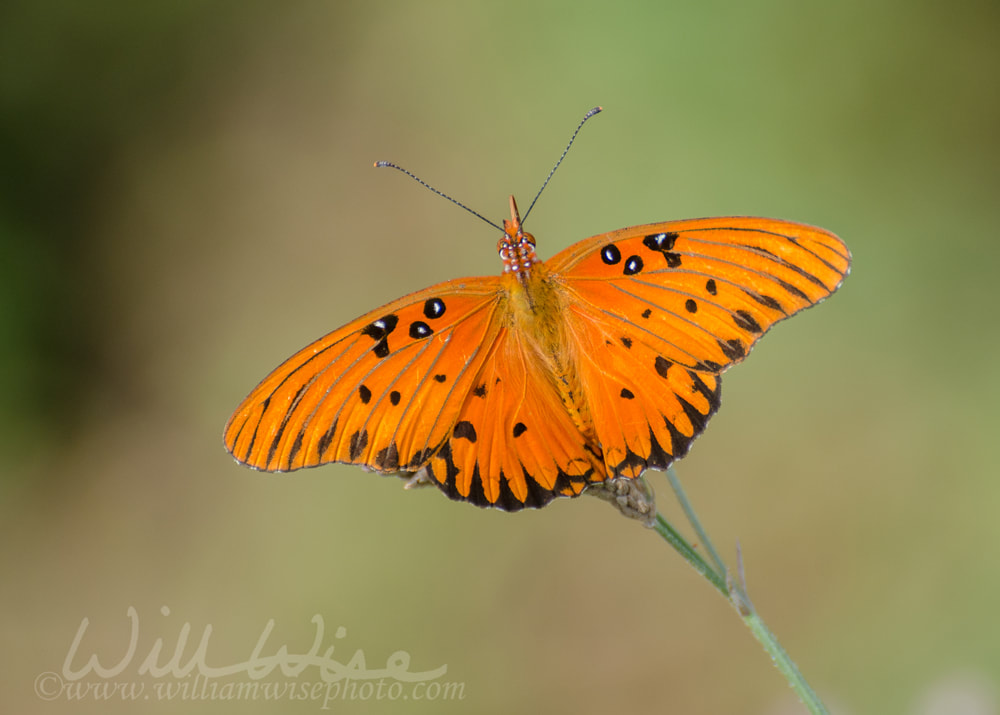 The Gulf Fritillary or passion butterfly (Agraulis vanillae). October 27, 2016. Gulf fritillary caterpillars are often found on passion vines in open, full sun, and are usually found feeding on older leaves away from the tip of the vine. Walton County, Georgia. Support my work by downloading this photo at www.dreamstime.com. 100% of funds go back into shelter adoption photography and education programs. Thursday, 10:54 AM "Everywhere the world is alive, awaiting exploration by those who prefer, if only at intervals, real reality to virtual reality. And as to the wonders of modern technology, bear in mind that a sidewalk weed and a protozoan are each more complex than any device yet invented by humanity." E.O. Wilson* *Edward O. Wilson - Research professor, Harvard University. Quote taken from the preface of Keeping a Nature Journal by Clare Walker Leslie & Charles E. Roth
Tuesday, 10:08 AM - Monday was extremely busy; but I had all the new dogs and cats posted and by the end of the day and several rescues had come forward giving the shelter some needed kennel space. Taking advantage of being caught up, I took a quick walk behind the shelter to enjoy a wonderful fall morning; cool breezes sending down showers of crackling yellow and red leaves; not a cloud in the sky.
I walked a little ways up the dry Duckweed Bog and had a seat near some branches that looked to me, if I were a bird, like good perches. After a few minutes of sitting still, the little birds descended, almost play-like, landing in the dew-laden grasses in front of me and bathing themselves. They move so quickly it is near impossible to get a shot. One then landed within feet of me and continued to preen, affording some nice close-up shots. After editing, I sent them to Katy with Oconee Rivers Audubon Society for help identifying. “Ruby-crowned Kinglet! Also a winter resident. Watch that one for a ruby crown to fluff up.” Walton County, Georgia  William Wise Photo Nature Notes is a wildlife, landscape, birding and nature photography blog documenting the beauty, design and wonder of God’s creation. -- "What a wildly wonderful world, God! You made it all, with Wisdom at Your side, made earth overflow with your wonderful creations." Psalms 104 The Message The plethora of fresh raccoon scat and tracks up near the ponds lead me to set my trail camera in the now dry Duckweed Bog behind the animal shelter.
Walton County, Georgia |
Categories
All
Archives
June 2025
|
|
All content is ©williamwisephoto.com. Please don't steal images. My images are available at dreamstime.com. Stock sales go into the shelter photography program.
|
In December 1993 I came to know the Designer and Creator of this wonderful planet and its creatures: Jesus Christ.
|
Donations help support the animal shelter adoption photography equipment and adoption website hosting and domain fees. Thanks for your support!
|
